News
Discover the fastest land animals: Nature’s incredible sprinters
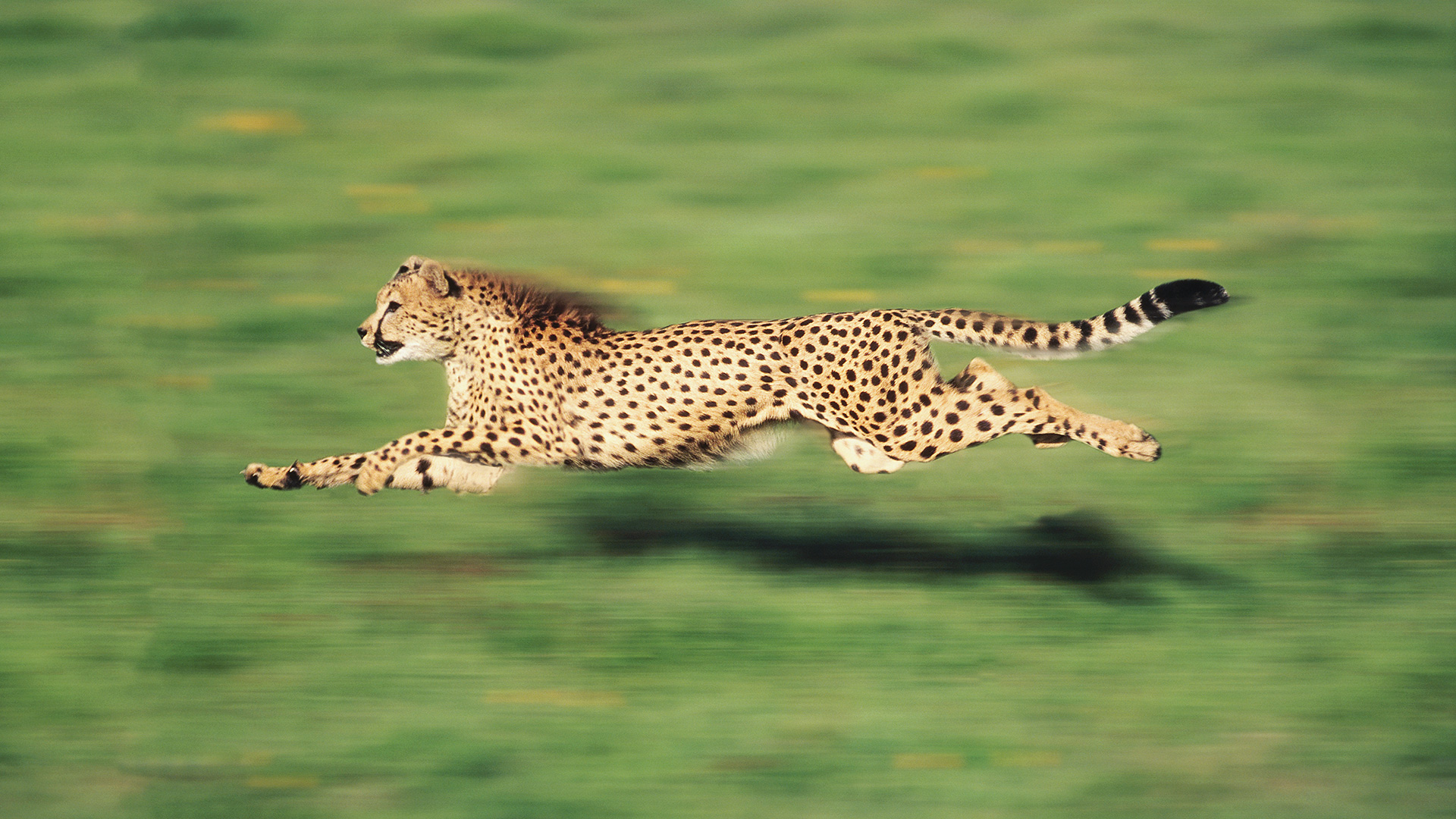
The animal kingdom is full of remarkable creatures, each adapted to its environment in extraordinary ways. Among these adaptations, speed is one of the most impressive and essential traits for survival. Whether it’s to catch prey or evade predators, the fastest land animals have developed incredible physical abilities that allow them to move at astonishing speeds.
This article explores the fastest land animals, delving into their unique characteristics, habitats, and the evolutionary advantages of their speed.
The Cheetah: The fastest land animal
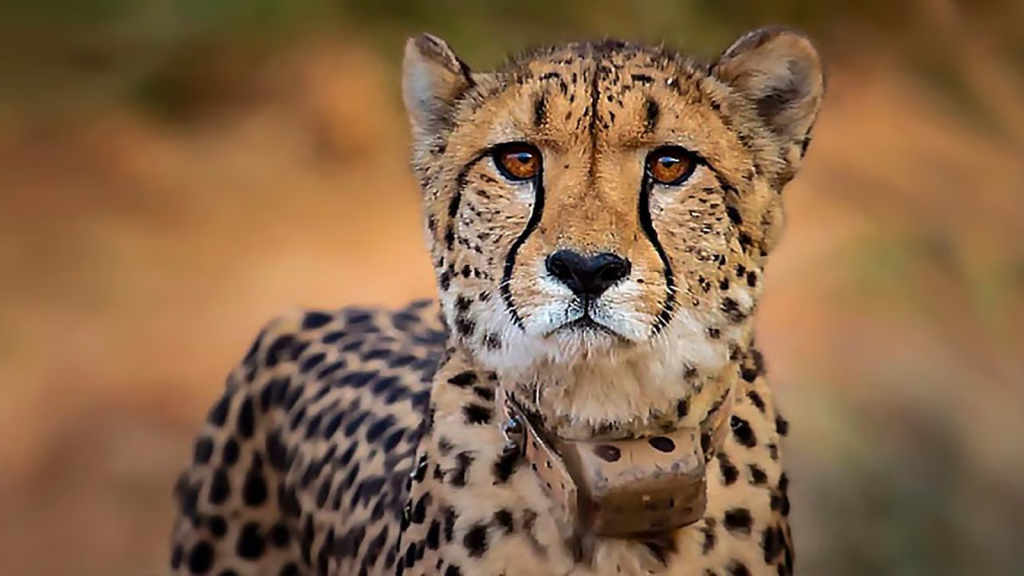
The cheetah holds the title of the fastest land animal, capable of reaching speeds up to 70 mph, making it an exceptional predator in the wild. As one of nature’s fastest creatures, the cheetah’s speed is unmatched on land, enabling it to outpace nearly all of its prey with ease.
Speed and agility
The cheetah (Acinonyx jubatus) is renowned as the fastest land animal, capable of reaching speeds up to 70 mph (113 km/h) in short bursts covering distances up to 500 meters. This incredible speed allows the cheetah to catch fast-moving prey, such as antelope and hares, in the open savannas of Africa.
- Acceleration: The cheetah can accelerate from 0 to 60 mph in just a few seconds, making it one of the most formidable predators on the planet.
- Body structure: The cheetah’s slender, lightweight body, long legs, and large nasal passages are all adapted to maximize speed. Its flexible spine allows for an extended stride length, while its semi-retractable claws provide traction during high-speed chases.
- Hunting strategy: The cheetah relies on its speed rather than stealth, using a rapid sprint to close in on its prey before the final pounce.
Habitat and conservation status
Cheetahs are primarily found in sub-Saharan Africa, with smaller populations in Iran. They prefer open landscapes like savannas and grasslands, where their speed can be fully utilized. Unfortunately, cheetahs are listed as vulnerable, with habitat loss, human-wildlife conflict, and poaching contributing to their declining numbers.
The Pronghorn: North America’s Speedster
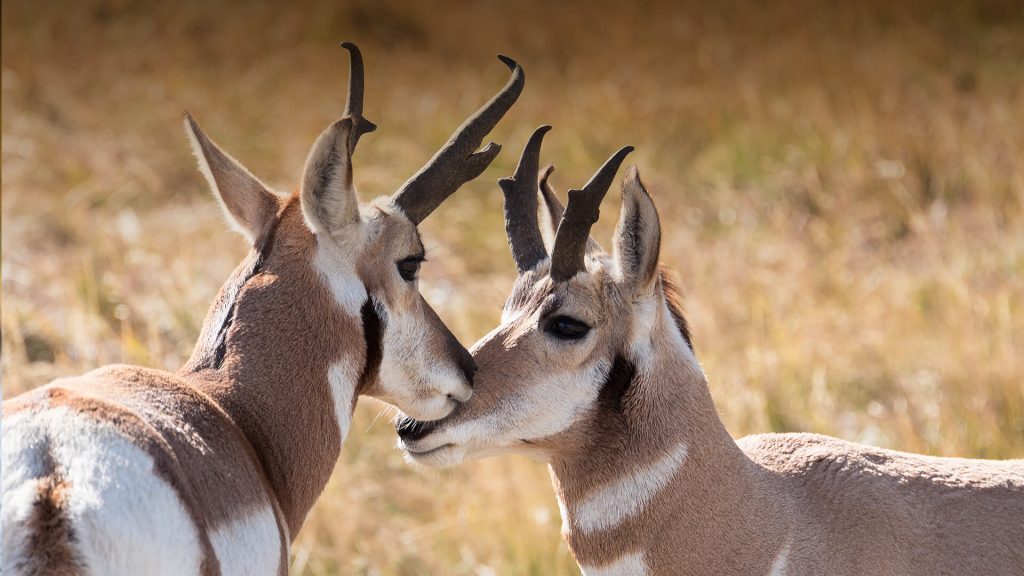
The pronghorn, North America’s fastest land animal, can reach speeds of up to 55 mph and sustain them over long distances, making it a master of endurance and evasion.
Second fastest land animal
The pronghorn (Antilocapra americana) is the second fastest land animal, reaching speeds of up to 55 mph (88 km/h). Native to North America, pronghorns are often mistaken for antelope due to their similar appearance, though they belong to a different family.
- Endurance: Unlike the cheetah, the pronghorn excels in long-distance running. It can sustain high speeds over several miles, making it difficult for predators to catch.
- Physical adaptations: The pronghorn has large windpipes, lungs, and heart, which provide the necessary oxygen and blood flow to maintain its high-speed endurance. Its lightweight body and long legs also contribute to its ability to run fast.
- Survival strategy: Pronghorns use their speed to evade predators such as wolves and coyotes. Their incredible vision also allows them to detect threats from far distances, giving them a head start in fleeing.
Habitat and conservation
Pronghorns inhabit open plains, deserts, and grasslands across the western United States and parts of Canada and Mexico. They are currently not endangered, but habitat fragmentation poses a threat to their migratory patterns and overall population health.
The Springbok: Africa’s agile antelope
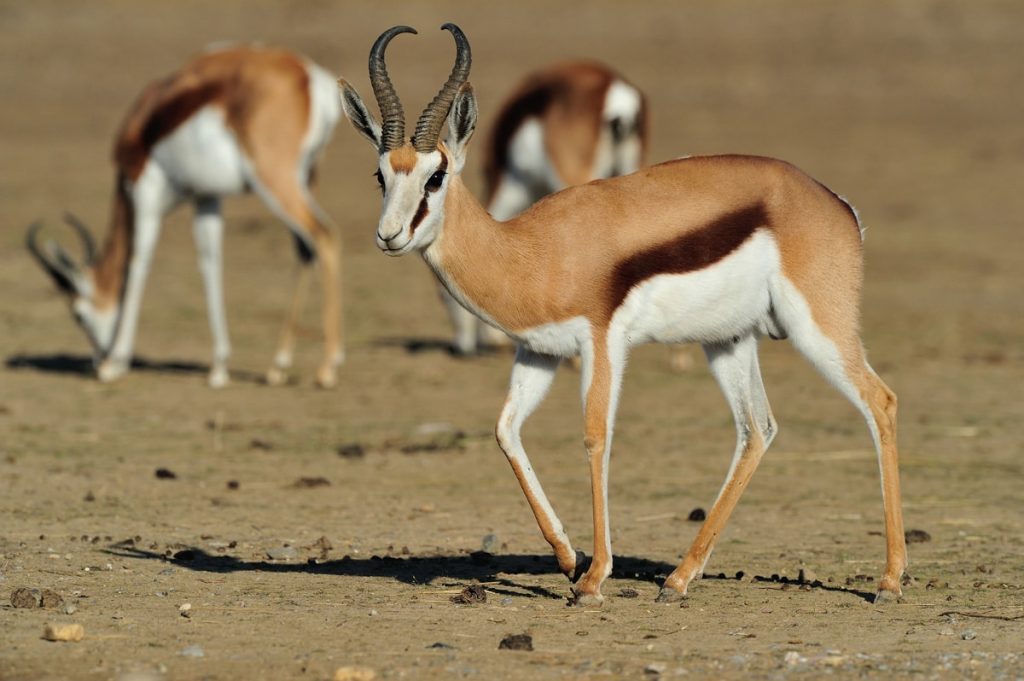
The springbok is known for its remarkable speed and agility, reaching up to 60 mph while using its signature leaps to evade predators in the African plains.
Speed and agility combined
The springbok (Antidorcas marsupialis) is another fast land animal, capable of reaching speeds up to 60 mph (97 km/h). This small, agile antelope is native to southern Africa and is known for its remarkable jumping ability, which it combines with speed to escape predators.
- Pronk behavior: The springbok is famous for its “pronking” behavior, where it leaps high into the air, often several times in succession. This behavior may serve to confuse predators or signal strength to potential mates.
- Physical features: The springbok’s long, slender legs and powerful hindquarters enable it to run at high speeds and make quick turns. Its light, lean body helps reduce drag, allowing it to move swiftly across the open terrain.
- Predation: Common predators of the springbok include lions, cheetahs, and leopards. The springbok’s speed and agility are its primary defenses against these threats.
Habitat and conservation
Springboks are found in the dry, open plains and semi-arid regions of southern Africa, particularly in Namibia, Botswana, and South Africa. They are not currently considered endangered, and their populations are stable, thanks to conservation efforts and protected areas.
The Lion: The king of the jungle
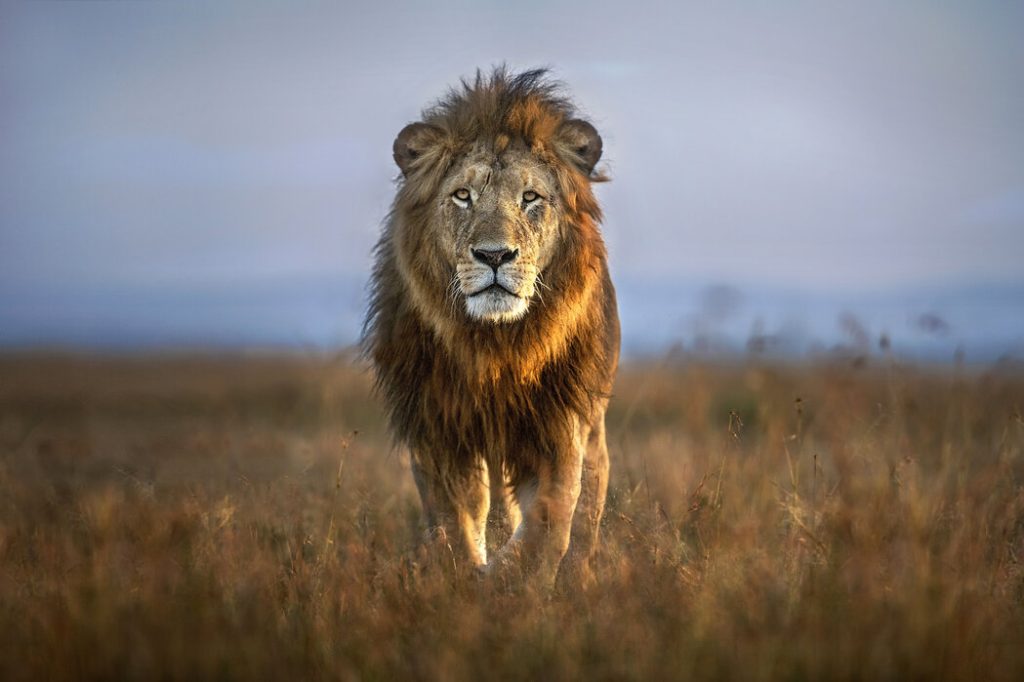
Lions may not be the fastest, but their combination of speed, power, and cooperative hunting strategies make them formidable predators in the wild.
Power and speed
While the lion (Panthera leo) may not be as fast as the cheetah or pronghorn, it is still one of the fastest land animals, capable of reaching speeds of up to 50 mph (80 km/h) in short bursts. Lions rely on a combination of power and speed to take down large prey, often working in groups to increase their hunting success.
- Hunting strategy: Lions are known for their cooperative hunting techniques. They use stealth and coordination to get close to their prey before launching a short, high-speed chase to bring it down.
- Physical build: Lions are muscular and powerful, with strong legs and large paws that allow them to cover ground quickly. Their muscular build gives them the strength to wrestle large prey to the ground.
- Short-distance sprinter: Unlike cheetahs, lions are not built for long chases. Their speed is reserved for the final moments of the hunt, where a quick sprint can mean the difference between a successful kill and a missed opportunity.
Habitat and conservation
Lions are found in various habitats across Africa, including savannas, grasslands, and woodlands. Small populations also exist in India. Lions are listed as vulnerable, with populations declining due to habitat loss, human-wildlife conflict, and poaching.
The Wildebeest: Speed in numbers
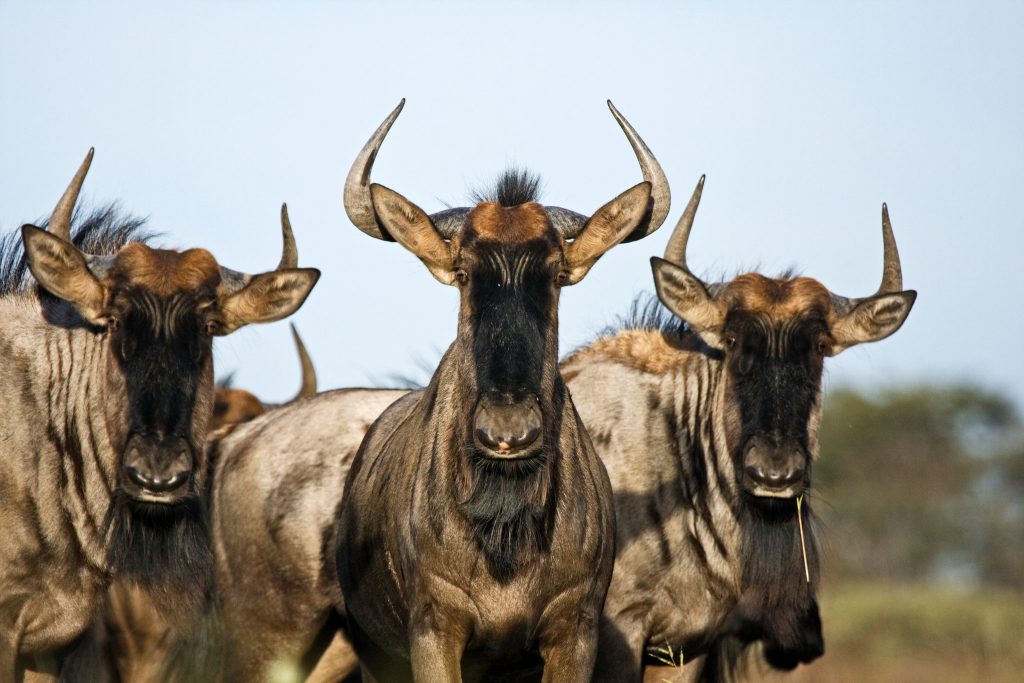
Wildebeest, reaching speeds of up to 50 mph, rely on both their speed and large herd numbers to evade predators, especially during their famous migrations.
Herd dynamics and speed
The wildebeest (Connochaetes spp.), also known as the gnu, can reach speeds of up to 50 mph (80 km/h). While they may not be the fastest individual runners, their speed combined with their herd behavior makes them formidable in the wild.
- Migration: Wildebeest are famous for their annual migration across the Serengeti and Maasai Mara, where they travel in large numbers to find fresh grazing grounds. Their speed helps them cover vast distances and avoid predators during this perilous journey.
- Group defense: The sheer number of wildebeest in a herd, combined with their speed, makes it difficult for predators to single out and catch an individual.
- Physical characteristics: Wildebeest have strong legs and a muscular build that enables them to run quickly over long distances. Their large, sloping shoulders and long necks help them maintain balance while running at high speeds.
Habitat and conservation
Wildebeest are found in the grasslands and savannas of eastern and southern Africa. They are not currently endangered, and their populations are considered stable. The annual migration of wildebeest is one of the most spectacular wildlife events in the world.
Evolutionary advantages of speed in land animals
Speed offers significant evolutionary advantages for land animals, enabling predators to catch prey efficiently and helping prey animals evade threats. These adaptations have developed over time, allowing animals to thrive in their specific environments by enhancing their chances of survival.
Survival of the fittest
Speed is a critical survival trait in the animal kingdom. For predators, speed means the ability to catch prey, while for prey animals, it can be the difference between life and death. The fastest land animals have evolved to maximize their speed through a combination of physical adaptations, such as powerful muscles, lightweight bodies, and specialized limb structures.
The role of habitat
The habitat in which an animal lives plays a significant role in the evolution of its speed. Open plains and savannas, where visibility is high and cover is scarce, have favored the development of fast-running animals. In contrast, animals in dense forests or mountainous regions may rely more on agility and stealth than outright speed.
Final thoughts
The fastest land animals are remarkable examples of evolution’s ability to adapt creatures to their environments. From the cheetah’s explosive speed to the pronghorn’s endurance, these animals showcase the incredible diversity and specialization within the animal kingdom.
Understanding the factors that contribute to their speed, such as physical adaptations and habitat, provides insight into the complex interplay between biology and the environment.
Whether it’s for hunting or evading predators, speed remains one of nature’s most powerful tools for survival. Also, here are some similar articles that you might find useful:
